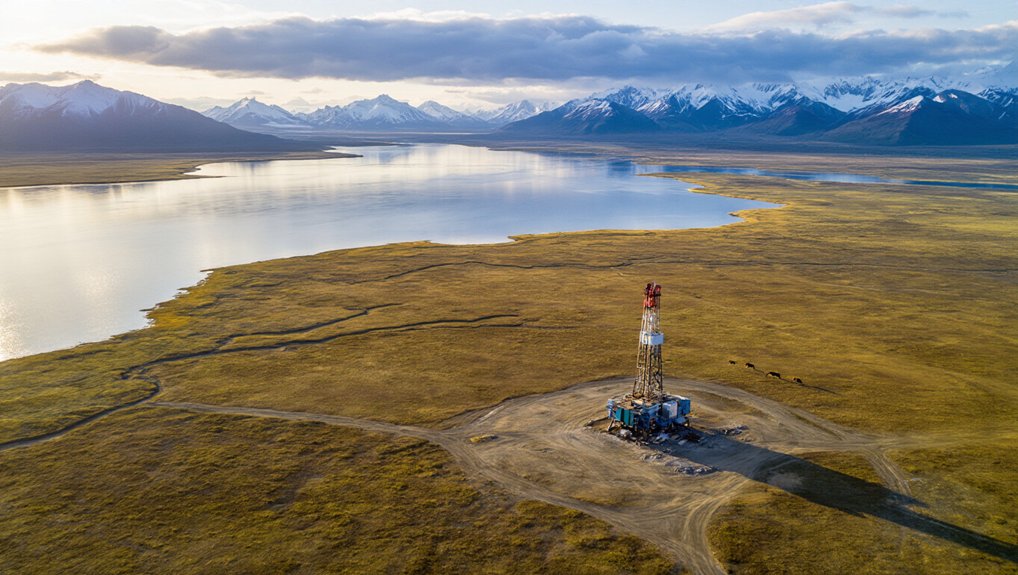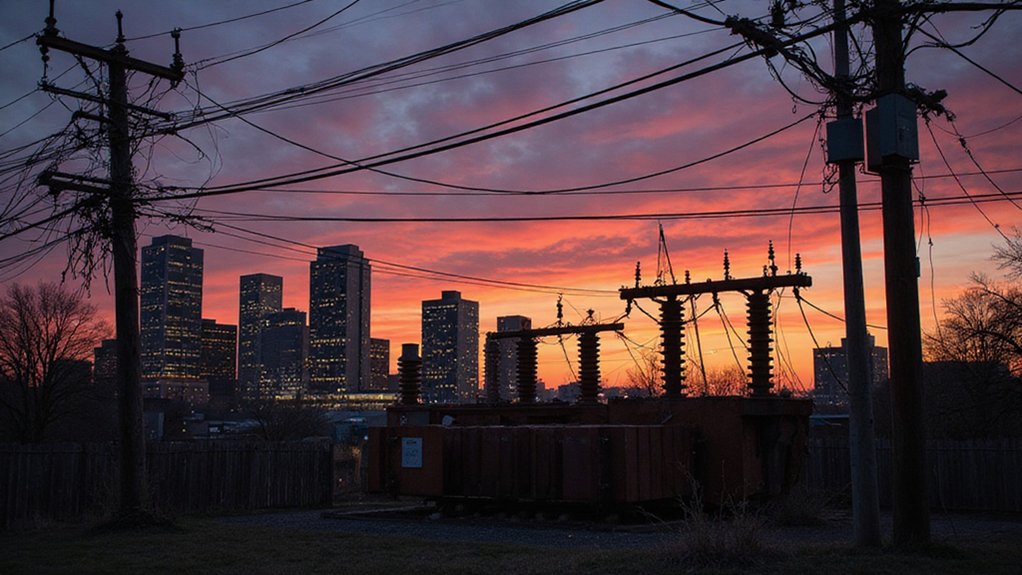The EPA has historically given power companies significant leeway with coal ash disposal. Despite containing arsenic, mercury, and heavy metals that contaminate groundwater, 242 coal plants were exempted from regulations in 2015. Trump’s administration further reduced oversight, allowing states like Georgia and Alabama to approve plans violating federal standards. Biden’s EPA promised stricter enforcement, but communities remain skeptical about their drinking water safety. The toxic metals don’t disappear just because regulations change.
Countless Americans remain unaware of the toxic time bomb buried in their backyards. Coal ash – the waste left behind after burning coal for electricity – sits in 566 unregulated landfills and ponds across the country. That’s right, at 242 coal plants, these disposal sites were simply exempted from the EPA’s first-ever federal regulations in 2015. How convenient.
The toxic sludge isn’t just sitting there harmlessly. It’s packed with arsenic, mercury, and other heavy metals that nobody wants in their morning coffee. When buried in unlined pits, this waste often mingles freely with groundwater. The new EPA regulations require zero discharge requirements for three major toxic wastewater streams, including leachate from coal ash. The EPA itself found that 150 facilities have already detected groundwater contamination. Shocking, right? Well, not to the companies raking in profits while communities drink the consequences.
Coal ash isn’t harmless sludge—it’s a toxic cocktail seeping into your groundwater while companies pocket the profits.
Remember 2008? While Wall Street was crashing, so was a Tennessee Valley Authority coal ash impoundment. Three hundred acres smothered, rivers contaminated, homes destroyed. This disaster finally pushed the EPA to create regulations in 2015. Better late than never, I guess.
Fast forward to March 2025. The Trump administration decided these toxic waste sites needed less oversight, not more. Their brilliant solution? Let states handle it! Because if there’s one thing state environmental agencies love doing, it’s enforcing tough standards against powerful utility companies.
Georgia immediately approved plans that violated federal rules. Alabama couldn’t even get its application for authority approved.
The Biden administration tried changing course in 2023, making coal ash a “national priority” and finalizing settlements with facilities in Colorado and Kansas. They issued stern warnings about “widespread noncompliance” and strengthened wastewater standards to prevent 660 million pounds of pollution annually. The new EPA Legacy CCR Rule now requires Facility Evaluation Reports for legacy coal combustion residual units, which must be posted publicly for transparency.
Meanwhile, power companies complain about changing EPA interpretations while communities wonder if their water is safe to drink. The regulations allow companies to simply “maintain” waste on site rather than removing it.
Problem solved! Except for the toxic metals. Those are still there. Forever.









